Community Impact
Making a difference, one clean energy project at a time.
Community Energy strives to be a good neighbor by working closely with local partners to ensure that all of our projects support community needs for the long-term.
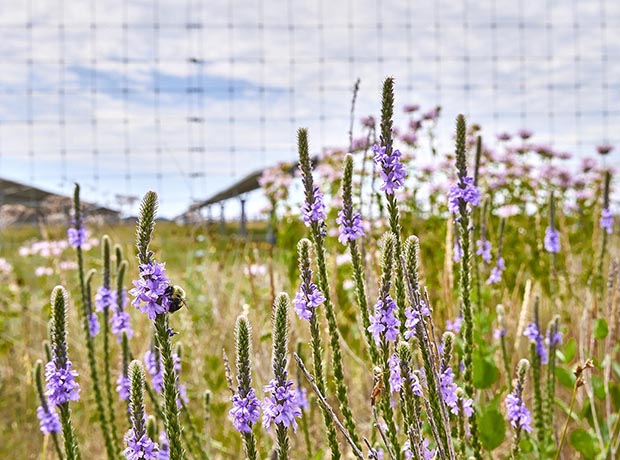
Our team goes beyond building reliable energy infrastructure — we positively impact communities and enhance environmental benefits.
Our Priorities
Land Stewardship
 Comprehensive Environmental Studies: Community Energy conducts a series of studies to identify sensitive features of proposed project sites. These on site environmental studies typically include: a delineation of any wetlands and streams, a search for any hazardous materials, an assessment of the cultural and historical resources, an identification of any threatened and endangered wildlife species, a geotechnical assessment, and an assessment of local floodplains. By identifying these resources at the front end, we can design our project in a way that avoids and minimizes any impacts to sensitive features on the site.
Comprehensive Environmental Studies: Community Energy conducts a series of studies to identify sensitive features of proposed project sites. These on site environmental studies typically include: a delineation of any wetlands and streams, a search for any hazardous materials, an assessment of the cultural and historical resources, an identification of any threatened and endangered wildlife species, a geotechnical assessment, and an assessment of local floodplains. By identifying these resources at the front end, we can design our project in a way that avoids and minimizes any impacts to sensitive features on the site.
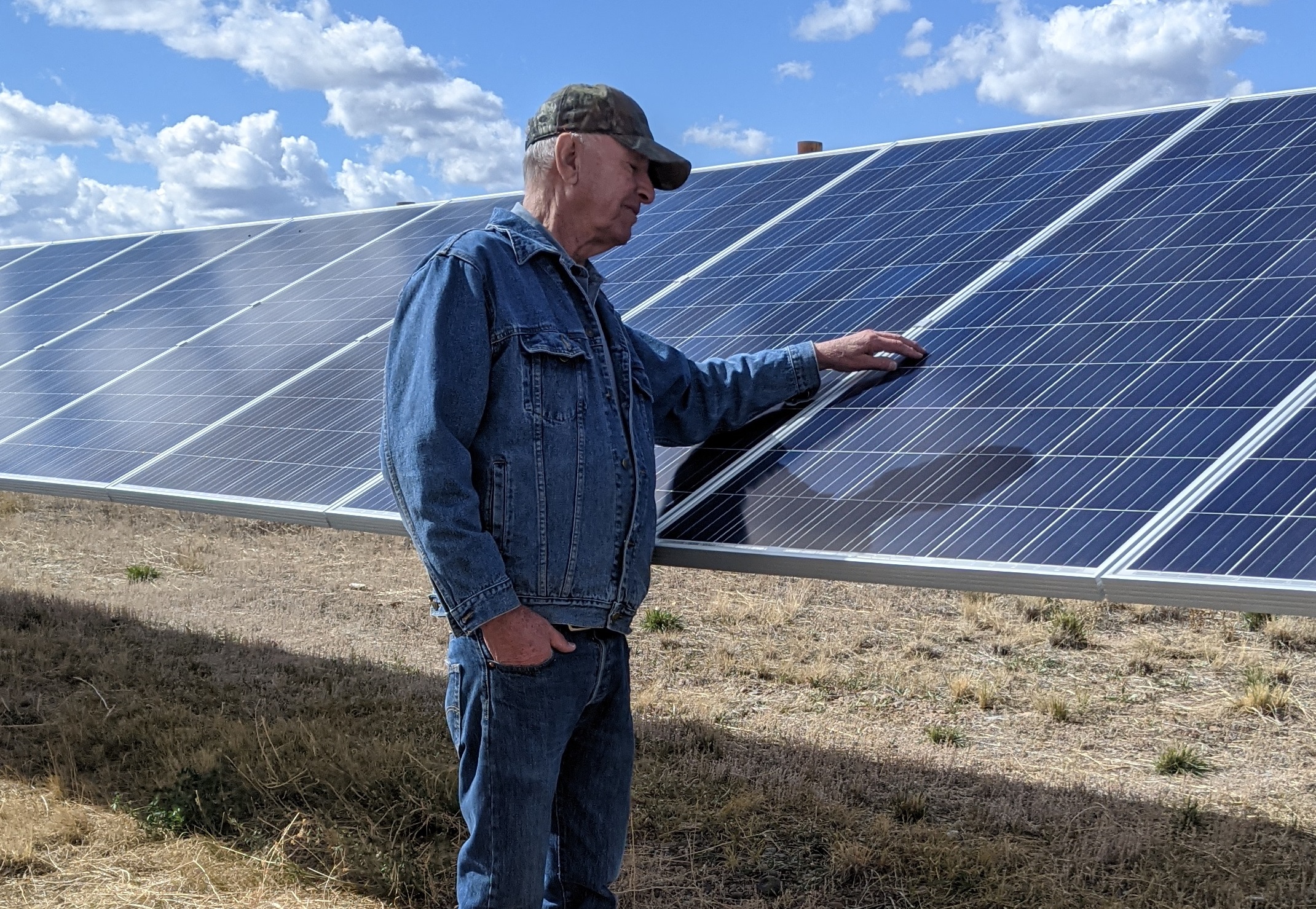
Safe and Reliable Solar Photovoltaic Technology: Most panels used on the projects we develop are modern crystalline silicon PV panels which are slightly larger versions of the panels used on home and commercial rooftops. There are no hazardous materials in modern solar photovoltaic panels – this is a touch safe technology. Crystalline solar modules are primarily composed of glass, plastic, and aluminum. They are solid state, much like a semi-conductor, and contain no liquids. This technology has been in commercial use throughout the U.S. and globally for over 20 years. Studies show they pose no risk of toxicity to public health and safety, as certified by the EPA’s Toxicity Characteristics Leach Procedure (TCLP) test.
 Low Impact Construction: The construction of a solar project is low impact. Unlike housing or commercial development, a solar project does not require brick-and-mortar buildings or paved parking lots. Solar panels and racking can be installed with minimal to no grading or removal of topsoil because today’s trackers can follow the contours of the land. The “foundation” of a solar project is a steel post, driven into the ground with no concrete footing, much like a fence post. The racking system is bolted to the posts, and the solar panels are bolted to the racking system. When the project is at its end, this process is reversed to decommission the site.
Low Impact Construction: The construction of a solar project is low impact. Unlike housing or commercial development, a solar project does not require brick-and-mortar buildings or paved parking lots. Solar panels and racking can be installed with minimal to no grading or removal of topsoil because today’s trackers can follow the contours of the land. The “foundation” of a solar project is a steel post, driven into the ground with no concrete footing, much like a fence post. The racking system is bolted to the posts, and the solar panels are bolted to the racking system. When the project is at its end, this process is reversed to decommission the site.
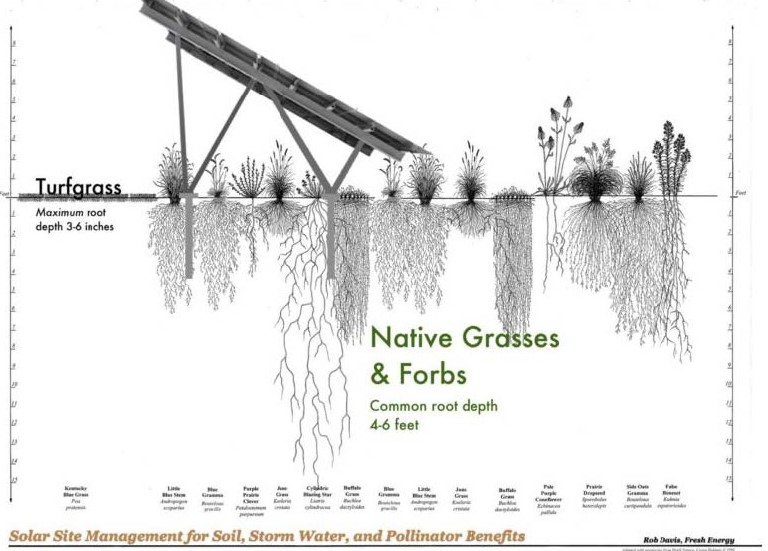 A Solar Seed Mix to Strengthen the Soil: We typically plant a low-grow perennial grass mix compatible with the local ecosystem throughout the solar array providing soil and water quality improvement benefits, similar to those experienced for land enrolled in the federal Conservation Reserve Program. Our seed mix selection is driven by native species, local knowledge and decades of experience establishing healthy ground cover under our projects.
A Solar Seed Mix to Strengthen the Soil: We typically plant a low-grow perennial grass mix compatible with the local ecosystem throughout the solar array providing soil and water quality improvement benefits, similar to those experienced for land enrolled in the federal Conservation Reserve Program. Our seed mix selection is driven by native species, local knowledge and decades of experience establishing healthy ground cover under our projects.
To design the seed mix for each project, we may consult with adjacent farmers and members of the local farm bureau to ensure that the planned seed mix is compatible with their ongoing activity.
 Establishing Robust Ground Cover: Establishing and maintaining a strong ground cover sod is important to our projects. Panel rows are typically spaced 25 to 30 feet apart and each post is 15 to 20 feet apart which allows a significant area of the field to remain open. The solar panels track the sun throughout the day like a young sunflower, so the ground beneath the panels will receive adequate sunlight to establish a strong sod.
Establishing Robust Ground Cover: Establishing and maintaining a strong ground cover sod is important to our projects. Panel rows are typically spaced 25 to 30 feet apart and each post is 15 to 20 feet apart which allows a significant area of the field to remain open. The solar panels track the sun throughout the day like a young sunflower, so the ground beneath the panels will receive adequate sunlight to establish a strong sod.
 Low-Impact Vegetation Management: The vegetation throughout the array must be properly managed to minimize any shading on the panels from tall grass. As part of a project’s operation and maintenance plan, the ground cover is managed through seasonal mowing. Community Energy is also testing a rotational sheep grazing program on other project sites that could influence future maintenance management processes. Weed control is managed through spot treatments with selective herbicides.
Low-Impact Vegetation Management: The vegetation throughout the array must be properly managed to minimize any shading on the panels from tall grass. As part of a project’s operation and maintenance plan, the ground cover is managed through seasonal mowing. Community Energy is also testing a rotational sheep grazing program on other project sites that could influence future maintenance management processes. Weed control is managed through spot treatments with selective herbicides.
 Erosion Control and Stormwater Management: Properly designed solar projects will not increase storm-water runoff outside of the project area and are properly managed within the project area. Rain falls on the solar panel and runs off the edge of the panel, where it falls off the drip line to the ground below. From there this water can infiltrate the ground or move along the ground surface under the next panel. The area beneath the panel and between the panels consists of pervious soil and well-maintained vegetation. Community Energy’s commitment to responsible design, planning, and prevention measures means strong stormwater management practices.
Erosion Control and Stormwater Management: Properly designed solar projects will not increase storm-water runoff outside of the project area and are properly managed within the project area. Rain falls on the solar panel and runs off the edge of the panel, where it falls off the drip line to the ground below. From there this water can infiltrate the ground or move along the ground surface under the next panel. The area beneath the panel and between the panels consists of pervious soil and well-maintained vegetation. Community Energy’s commitment to responsible design, planning, and prevention measures means strong stormwater management practices.
 Native Species Supporting Local Pollinators: At many of our projects we have planted a mix of pollinator-friendly plants and native grasses to provide habitat for pollinator species. At the Elizabethtown College Solar project in Pennsylvania and North Star Solar project in Minnesota we have partnered with local bee farmers to host beehives onsite to support their local honey business.
Native Species Supporting Local Pollinators: At many of our projects we have planted a mix of pollinator-friendly plants and native grasses to provide habitat for pollinator species. At the Elizabethtown College Solar project in Pennsylvania and North Star Solar project in Minnesota we have partnered with local bee farmers to host beehives onsite to support their local honey business.
 Responsible Project Decommissioning: Decommissioning is the obligation of the Project company and the solar project will have a Decommissioning Plan with the landowners and local authorities. A Decommissioning Plan will require us to remove the equipment and restore the land at the end of the lease. In addition, the Decommissioning Plan will require us to establish and maintain resources that will pay for the cost of removal, net of any salvage value. The Plan will include a financial surety based on cost estimates for equipment removal, hauling, disposal, and taking into account salvage and resale value. Solar projects do not permanently alter soils or agricultural potential, so the land use will remain viable when the solar project is at the end of its useful life.
Responsible Project Decommissioning: Decommissioning is the obligation of the Project company and the solar project will have a Decommissioning Plan with the landowners and local authorities. A Decommissioning Plan will require us to remove the equipment and restore the land at the end of the lease. In addition, the Decommissioning Plan will require us to establish and maintain resources that will pay for the cost of removal, net of any salvage value. The Plan will include a financial surety based on cost estimates for equipment removal, hauling, disposal, and taking into account salvage and resale value. Solar projects do not permanently alter soils or agricultural potential, so the land use will remain viable when the solar project is at the end of its useful life.
Solar Projects As Good Neighbors
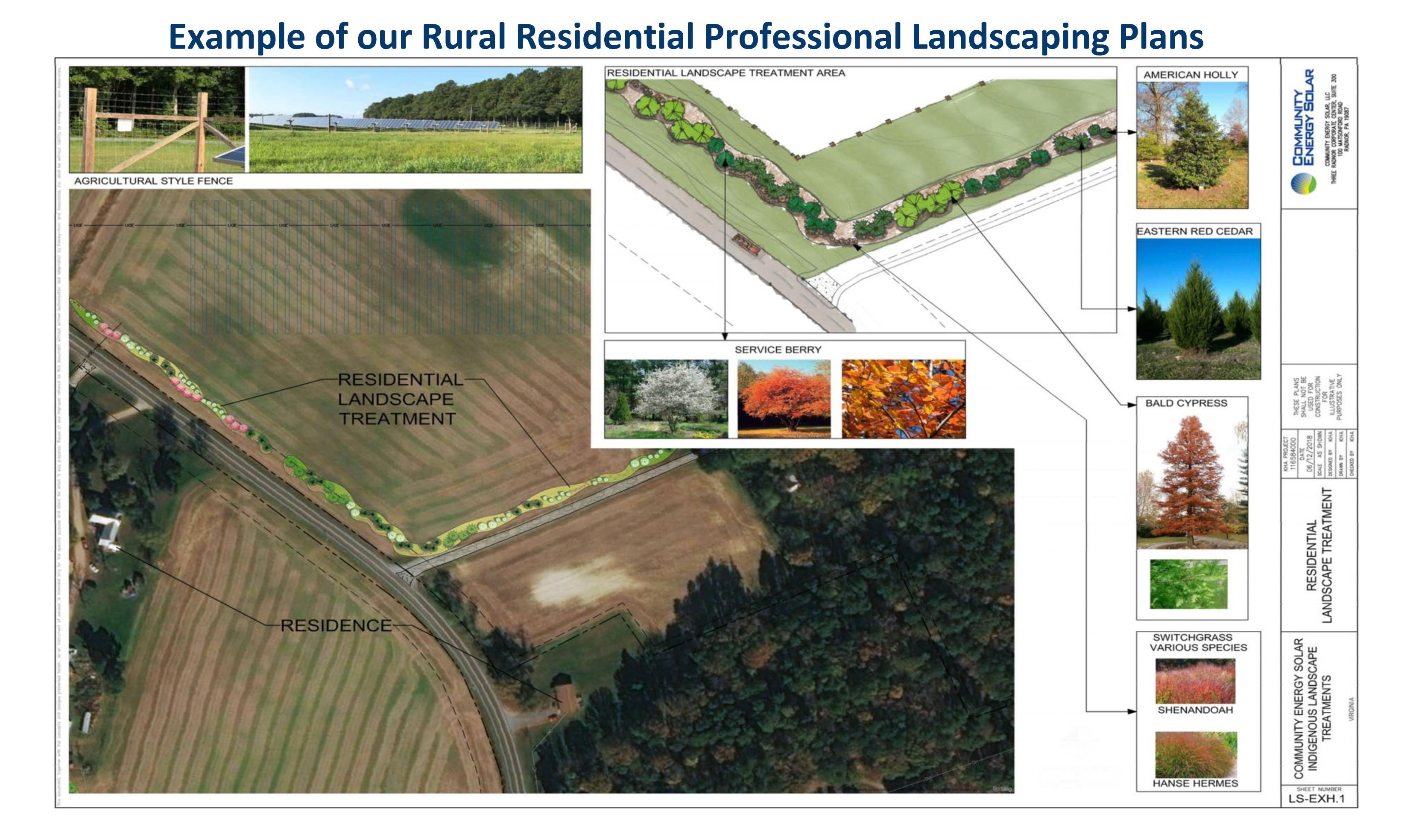 Thoughtful Landscape Design and Setbacks: Our projects observe local code requirements for appropriate setbacks from the closest wall of any adjacent home. Where existing natural vegetation doesn’t already exist between a project and neighboring houses, a thoughtful landscape architecture plan will be deployed to establish a robust visual buffer. Community feedback on our design is critical to the success of the project and central to our process. Landowner and neighbor meetings help us fine tune a respectful and thoughtful design and vegetative screening plan for each project.
Thoughtful Landscape Design and Setbacks: Our projects observe local code requirements for appropriate setbacks from the closest wall of any adjacent home. Where existing natural vegetation doesn’t already exist between a project and neighboring houses, a thoughtful landscape architecture plan will be deployed to establish a robust visual buffer. Community feedback on our design is critical to the success of the project and central to our process. Landowner and neighbor meetings help us fine tune a respectful and thoughtful design and vegetative screening plan for each project.
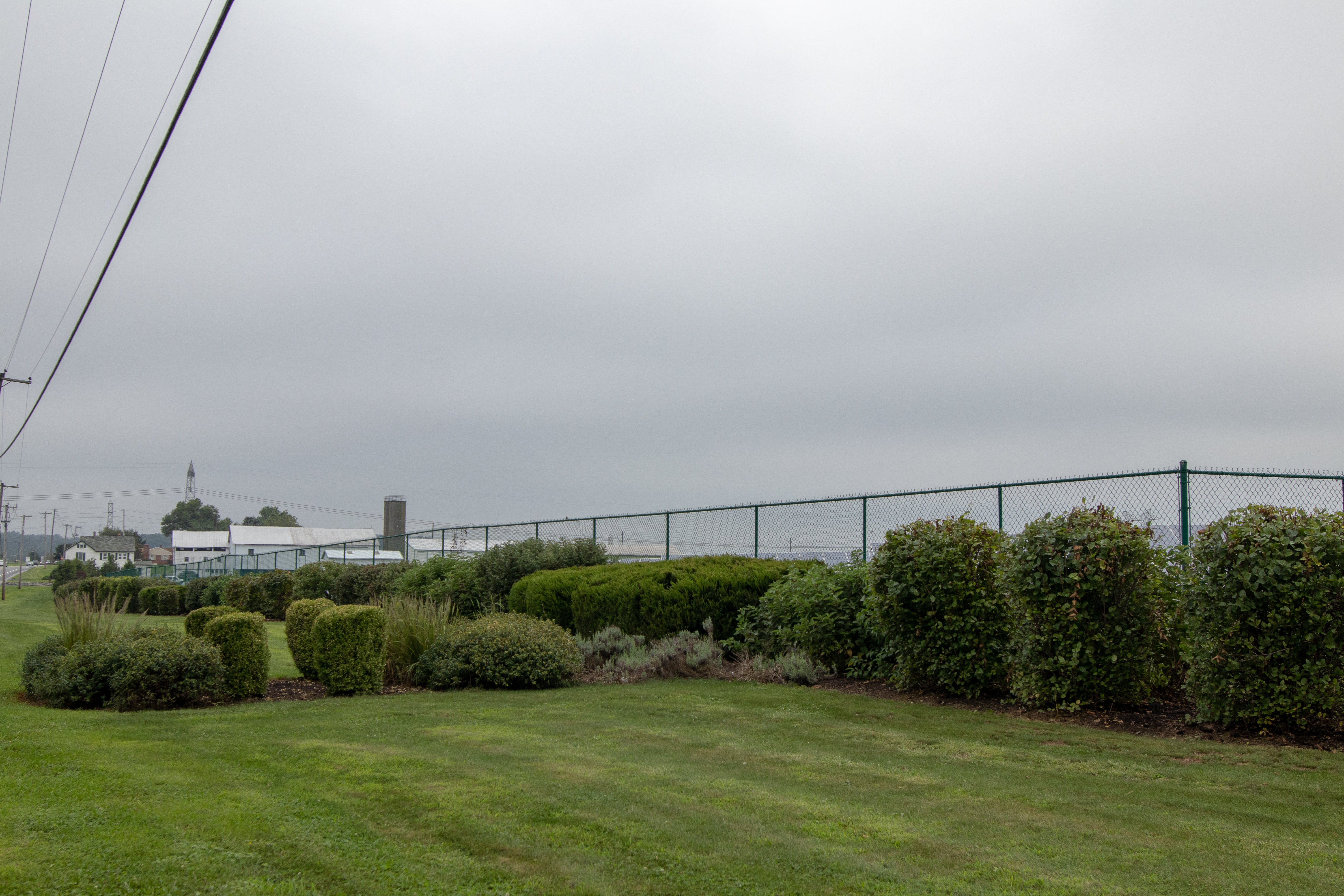
Safe and Reliable Technology and Thoughtful Site Design: Solar projects do not create any noticeable glare compared with existing roof or building surfaces. Solar panels actually cause less glare than a standard home window glass pane. Solar Photovoltaic modules are made with non-reflective glass made to absorb sunlight, not to reflect it, to ensure it absorbs the light that hits its surface in order to convert it from sunlight into electricity.
Solar projects are quiet neighbors. Few components of a solar project produce any noise, and the noisiest components are the inverters during their cooling process. The inverters are located toward the center of the array, at least 800 feet from any adjacent property building, with existing vegetation or a planted buffer in-between. Within 10-15 feet of the inverters, decibel levels are in the range of 45-65 dBA. For comparison, a normal conversation is approximately 60 dBA.
Solar projects are low-profile and combined with planned visual screening and existing landscape, solar projects offer minimal impact to the surrounding viewshed.
Community Benefits
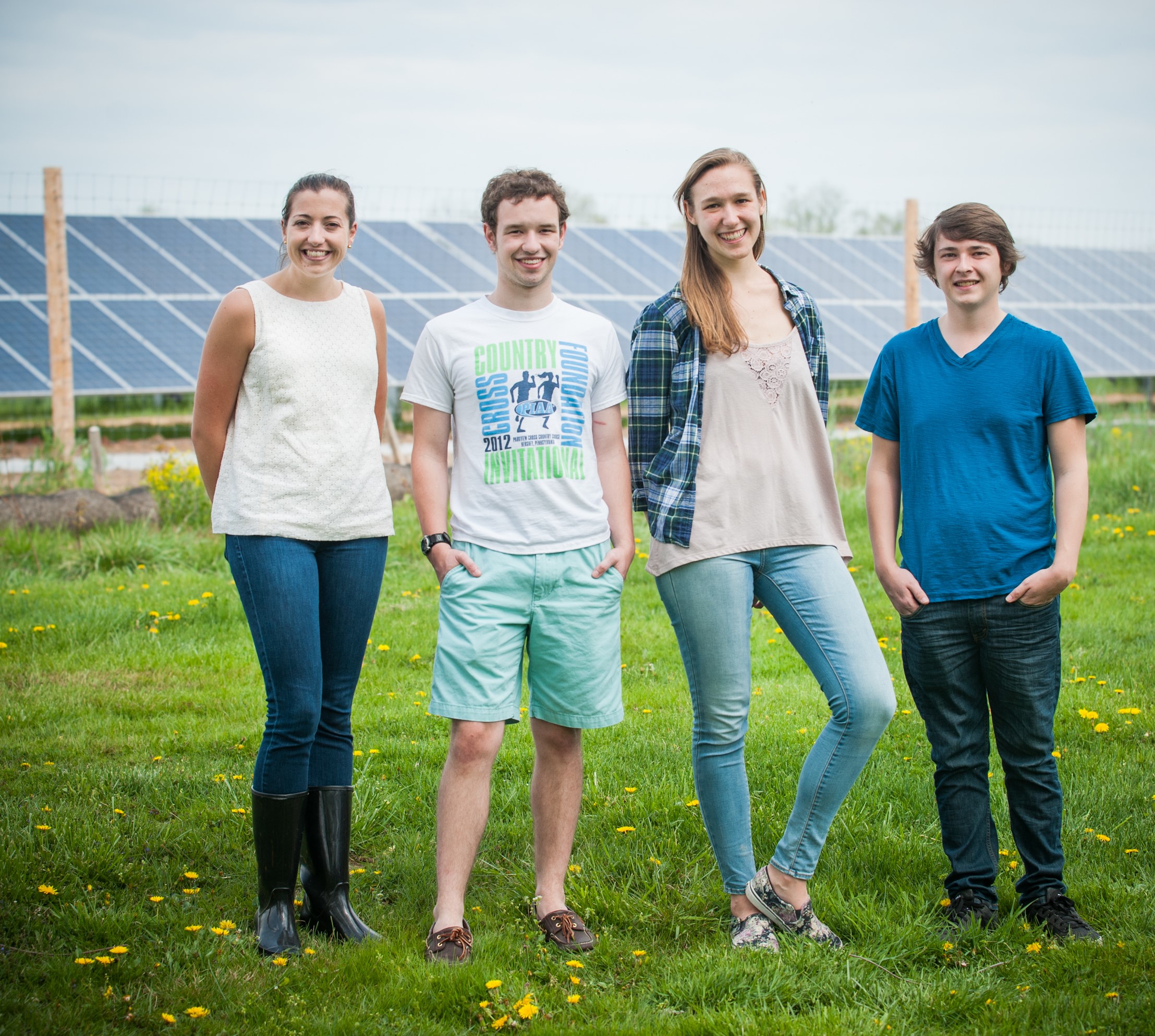 Long-term Tax Revenue: Solar projects provide tax revenues to the state, county and school districts with no additional burden on municipal services. Unlike residential or commercial development, this tax revenue will not create any material burden on local infrastructure or expenses for schools, water, sewer, emergency services, etc. Instead, the enhanced tax revenues could be used to support local infrastructure plans or support needed funding for school services.
Long-term Tax Revenue: Solar projects provide tax revenues to the state, county and school districts with no additional burden on municipal services. Unlike residential or commercial development, this tax revenue will not create any material burden on local infrastructure or expenses for schools, water, sewer, emergency services, etc. Instead, the enhanced tax revenues could be used to support local infrastructure plans or support needed funding for school services.
 Farm Income Diversification: Landowners must independently determine the best economic use of their property and agricultural land. The beauty of choosing to participate as a landowner in a solar project is that solar panels can be removed at the end of the life of the project, with no damage or significant change to the land. This makes solar energy a versatile economic decision that also can help farmers plan sustainable land usage for the long term. Most projects utilize a partial use approach, allowing our participating landowners to have financial diversification with lease revenue to ensure that the farmland stays in the family, rather than transitioning to residential or commercial development, while they continue actively farming their other land.
Farm Income Diversification: Landowners must independently determine the best economic use of their property and agricultural land. The beauty of choosing to participate as a landowner in a solar project is that solar panels can be removed at the end of the life of the project, with no damage or significant change to the land. This makes solar energy a versatile economic decision that also can help farmers plan sustainable land usage for the long term. Most projects utilize a partial use approach, allowing our participating landowners to have financial diversification with lease revenue to ensure that the farmland stays in the family, rather than transitioning to residential or commercial development, while they continue actively farming their other land.
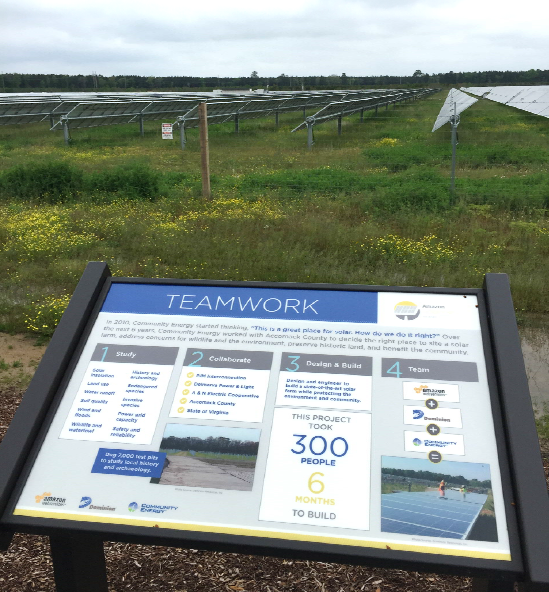 Job Opportunities and Local Economic Stimulus During Construction: Local employment during a project’s construction is expected to primarily benefit those in the construction trades in the surrounding regional labor market, including equipment operators, truck drivers, laborers, landscapers and electricians. Job opportunities also exist in the several long-term operations and maintenance roles required once the projects are complete. The project construction period also stimulates spending at local hotels, restaurants, shops, entertainment and tourism.
Job Opportunities and Local Economic Stimulus During Construction: Local employment during a project’s construction is expected to primarily benefit those in the construction trades in the surrounding regional labor market, including equipment operators, truck drivers, laborers, landscapers and electricians. Job opportunities also exist in the several long-term operations and maintenance roles required once the projects are complete. The project construction period also stimulates spending at local hotels, restaurants, shops, entertainment and tourism.
Community Energy values a diverse and local workforce. Community Energy has a track record of working to ensure that local workers and businesses have access to the jobs generated through the construction phase of the project through various engagement methods such as: 1) coordinating with local organizations to understand the availability of local resources, (2) hosting contractor information sessions and (3) hosting job fairs to ensure local workers are aware of the opportunities and know where/how to apply.
Our analysis of community and local benefits is based on Community Energy’s 20+ years of experience and the National Renewable Energy Laboratory’s Jobs & Economic Development Impact Model (JEDI).
Environmental Benefits
Our team is committed to balancing people and planet, starting with the climate crisis, by developing large-scale renewable energy generation. In total, our 2,700 megawatts of renewable energy projects produce enough energy to:
504 k
Power over 504,626 homes per year
4,190,439 T
Offset 4,190,439 tons of CO2 per year
5,134,032 ac
Equal the amount of carbon captured by 5,134,032 acres of U.S. forests per year
Community and Planet Fund
In an effort to further our commitment to the environment and community impact, in 2020 Community Energy created the Community and Planet Fund.
Click here to learn more about our Community and Planet Fund.
